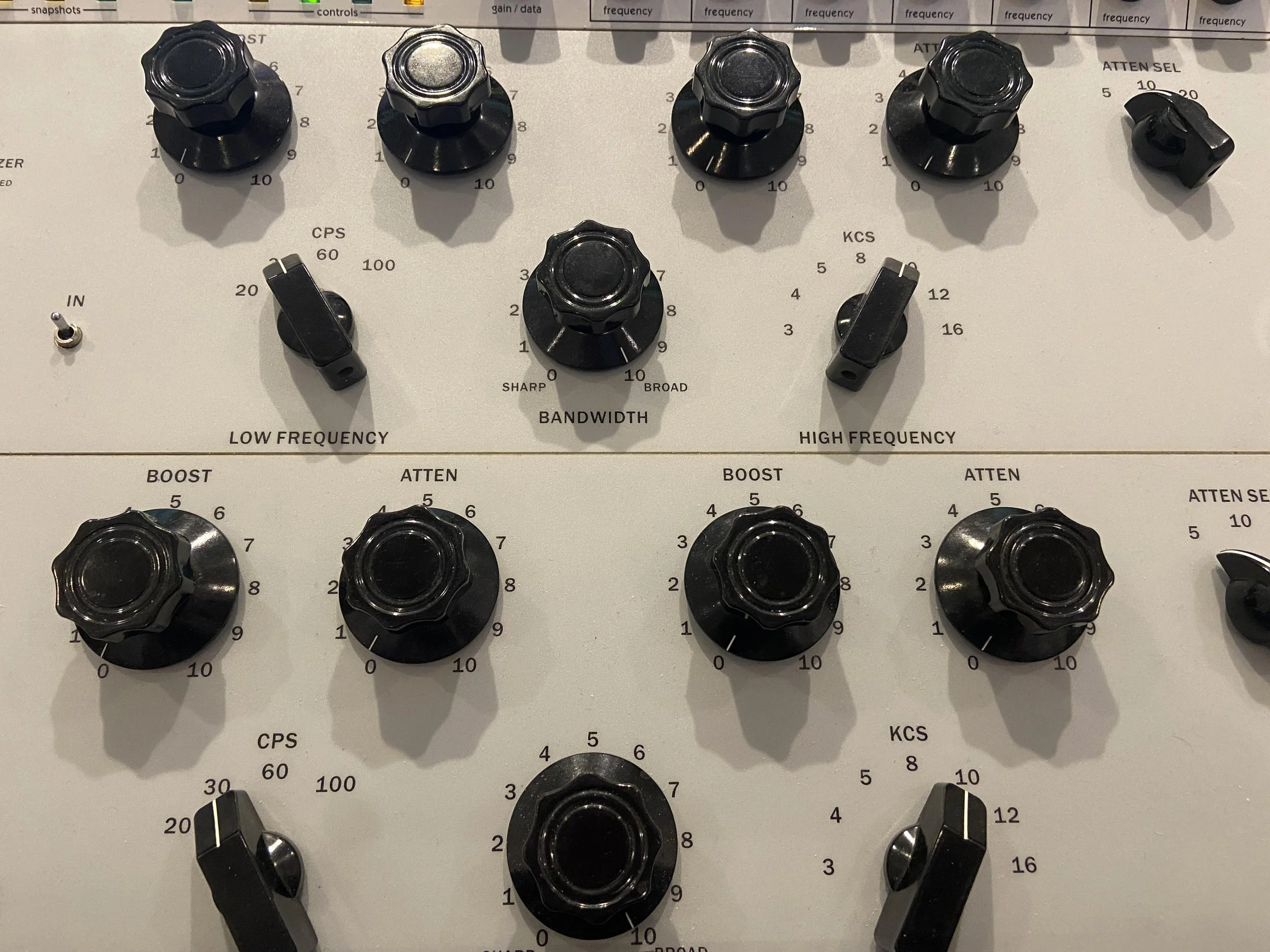
Recall Notes
-
This is a blog written by a mastering engineer about mastering, but it is not a “how to master” blog. There are other places on the internet for that.
Mastering music has been my full time occupation for over 20 years, and during that time I’ve noticed some of the same ideas and conversations coming up repeatedly. At some point I decided to keep an informal journal of some of these ruminations, sometimes to clarify my thinking about them, and sometimes just because they wouldn’t go away until written down!
Each entry is like a little note-to-self. Things to remember or build upon as the months and years have passed.
And though I didn’t originally intend to make any of these notes public, I decided to share them here because I personally really like reading what other professionals have to say about their craft. So if you’re a mastering engineer or mixer, please write and publish your version of this blog - I would read that!
- J. LaPointe (August 2025)
Your limiter is trying to tell you something
Sometimes the inability to get the level up cleanly is actually just a warning that your eq balance is not where it needs to be.
Nail the eq balance and the level comes easily.
Maybe compression is the wrong choice?
Sometimes I’ll hear a mix and immediately think it needs some compression. But then after getting the eq really right the need for compression all but disappears, or the compression actually makes it sound worse.
Then again, other times a track really just needs some compression to sound right.
Two ways to listen
a) What technical parameters does this have to fit within to translate into real world listening environments?
b) Is this music to my ears? Can it be pushed or pulled or nudged in any way to make it even better?
It’s likely every track gets a bit of both, but you probably don’t want to be thinking either way consciously.
Don’t take my word for it
A few typical quotes you may see online regarding mastering:
“I never use more than 1-2db of eq at any one frequency”
“Analog always beats plugins”
“1db of compression or less is typical”
Etc. Maybe true in some cases, maybe not. So?
Disregard all that nonsense. If a track needs +4db at 5k do it and don’t look back. Make decisions swiftly and confidently and move on.
Mastering Notes
“Make it sound like my mixes only better but don’t change anything.”
“Here’s a very detailed list of all the things I couldn’t get sounding right in the mixes, so please fix all of these, but also I love the sound of the mixes overall so please don’t change anything.”
The lesson is this - when clients share their music for mastering they are some combination of vulnerable, hopeful, scared, excited, protective…
Treat the work with genuine care, respect, openness and curiosity and notes like these start to make perfect sense.
Too much gear - a self check mechanism
A semi-serious rule of thumb: if it takes longer to log the notes than print the track then I'm probably using too much gear.
Analog?
If you’re making the effort to mix to analog tape you want to make sure your mastering house has made excellent tape playback a priority, and is working with tape frequently.
Last thing you want is for your tape to be the first thing on a dusty machine that hasn’t been turned on in 6 months.
A Starting Point
Upon first listen to a new track, is there a part of the spectrum that sounds great already, and you know you won’t have to eq there?
Then turn up the track so that area is sitting at the right level, and eq the rest of the track in around it.
This becomes second nature and subconscious after a while.
Match levels, then compare (or don’t)
A level matched A/B comparison (source vs master) is the only way to accurately judge your work. Otherwise it’s too easy to be fooled by volume. Is it really better, or just louder?
Exception: Sometimes the source is so far off base that referring back to it can actually be disorienting.
